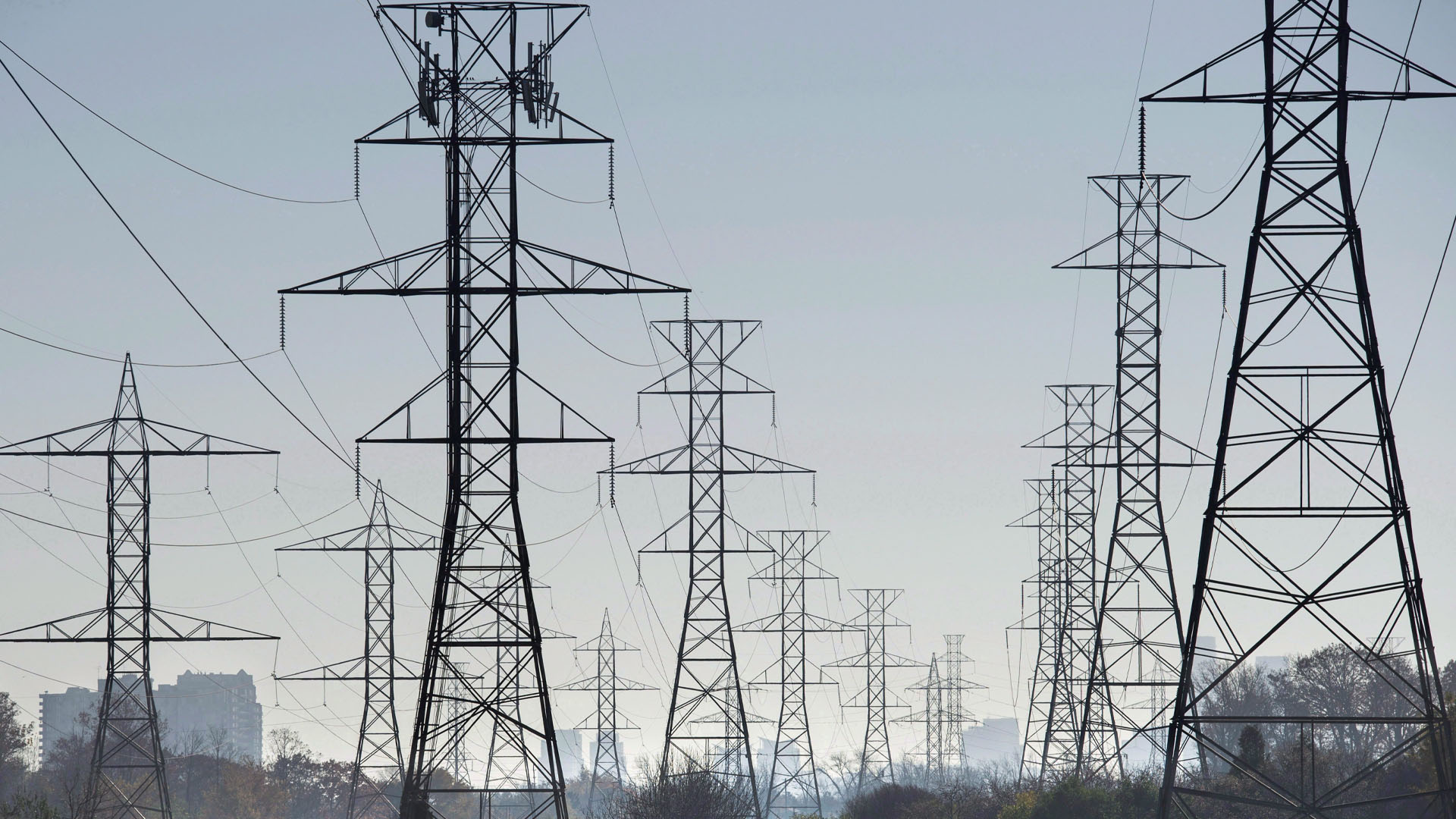
Doug Ford’s Progressive Conservatives went into the 2018 Ontario election campaign promising, among other things, to fix the province’s “hydro mess.”
In practice, fixing the hydro “mess” turned out to be a lot more complicated than it sounded. In the end, the first Ford government did little more than double down on its Liberal predecessor’s mistakes and then added a few of its own.
Those included the cancellation of the final portion of planned renewable energy projects at a cost of at least $231 million. Ford also terminated the province’s relatively successful strategy for energy efficiency and ended the last vestiges of any meaningful planning processes around the province’s electricity and energy futures.
The Liberals’ Fair Hydro Plan has effectively remained in place, and in some ways expanded, artificially lowering hydro rates at a cost of $7 billion per year.
Understanding Doug Ford’s political durability
Will Doug Ford’s promises exacerbate Ontario’s problems?
Canada’s newest nuclear industry dream is a potential nightmare
The refurbishments of the Bruce and Darlington nuclear plants, which were never subject to any meaningful economic or environmental review, have continued. This means embedded higher costs for decades to come.
Part of the nuclear refurbishment plan is a ramp up of the province’s existing natural gas-fired electricity plants. These will compensate for lost output from out-of-service nuclear units and meet anticipated new demand. By 2040 that strategy could mean a more than 600 per cent increase in electricity related green house gas (GHG) emissions compared to the 2017 low.
The Ford government’s 2022 platform had little new to say about any of this. Now, the situation is about to get worse.
The province’s Independent Electricity System Operator (IESO) is now proposing a request for proposals for 2500MW of new electricity supplies. The request is supposed to be technologically neutral. However, the requirements for new supply seem to strongly favour gas-fired generation (although some energy storage technologies like advanced batteries may be able to contribute). Environmental performance, be it in terms of greenhouse gas emissions, emissions of smog precursors, or any other parameter, is excluded. Demand-side options are also ignored in the short term.
The Ford government’s unwillingness to consider different approaches to meeting the province’s electricity needs is particularly surprising given the range of alternatives available to it. These would allow for a significant uptick in usage as a result of the electrification of transportation, space heating and industry without the need for new conventional generating assets.
Assessments for the IESO have identified substantial and achievable potential for energy efficient improvements to meet the province’s projected future growth in electricity demand and then some. Unfortunately, Ontario’s relatively successful energy efficiency strategy was scrapped by the Conservatives more than three years ago, and never replaced.
Quebec has made repeated overtures around expanding its relationship with Ontario around hydro exports. All have been met with silence from the west side of the Ottawa River.
Two new studies have highlighted a range of additional possibilities. The first, underway for the IESO, is focused on the potential contributions of what are broadly termed distributed energy resources (DERs).These are things like rooftop solar systems, and household and facility-level energy storage technologies. DERs are widely regarded as representing the leading edge of electricity grid development.
The Ontario study suggests that “under all scenarios there is sufficient cost-effective DER potential to meet Ontario’s summer and winter additional capacity needs in 2032.” This potentially removes the need for new gas-fired generation.
At the same time, DER development is hampered by a policy regime and market design that never contemplated the large-scale development of these types of resources. As a result, only between 25 and 80 per cent of its cost-effective potential is seen as achievable.
The David Suzuki Foundation recently published a study looking at options for a net-zero electricity grid for Canada by 2035. It assumed the need to support increased electrification while avoiding new and high-impact and high-cost nuclear, fossil fuel, or large hydro projects. The study is technologically conservative, excluding a range of emerging options. These include DERs, many demand-side measures, non-battery-based storage options such as “green” hydrogen and offshore wind.
It incorporates province-by-province assessments, employing models that are in many ways more advanced than those used by provincial utilities and regulators. In Ontario’s case, a net-zero grid that phases out fossil fuel-fired generation by 2035 and nuclear generation by the 2040s emerges as a viable and economic option. Such a pathway relies on significant growth in the role of low-impact renewables.
Unfortunately, all these possibilities around efficiency, Quebec, DERs, and an expanded role for renewables seem to continue to fall on deaf ears in the province. This is despite the energy minister’s pre-election direction to the IESO to explore options for a moratorium on gas-fired options and to develop a pathway to zero emissions in the electricity sector. The premier himself made an apparent commitment to a 100 per cent “clean” energy system during the election debate.
As it stands, the province remains without any formal energy planning process within which to consider the range of options available to it. And Ontario’s direction, as the only province proposing major increases in greenhouse gas emissions from its electricity system, presents a major challenge to the federal government’s goal of a net-zero emission national electricity grid by 2035.
In the end, Ontario’s hydro mess still needs a lot of fixing. The renewed Ford government has a wide range of options before it. But so far, it has given little indication of a willingness to change course from its current economically unsustainable and climate-unfriendly trajectory.











